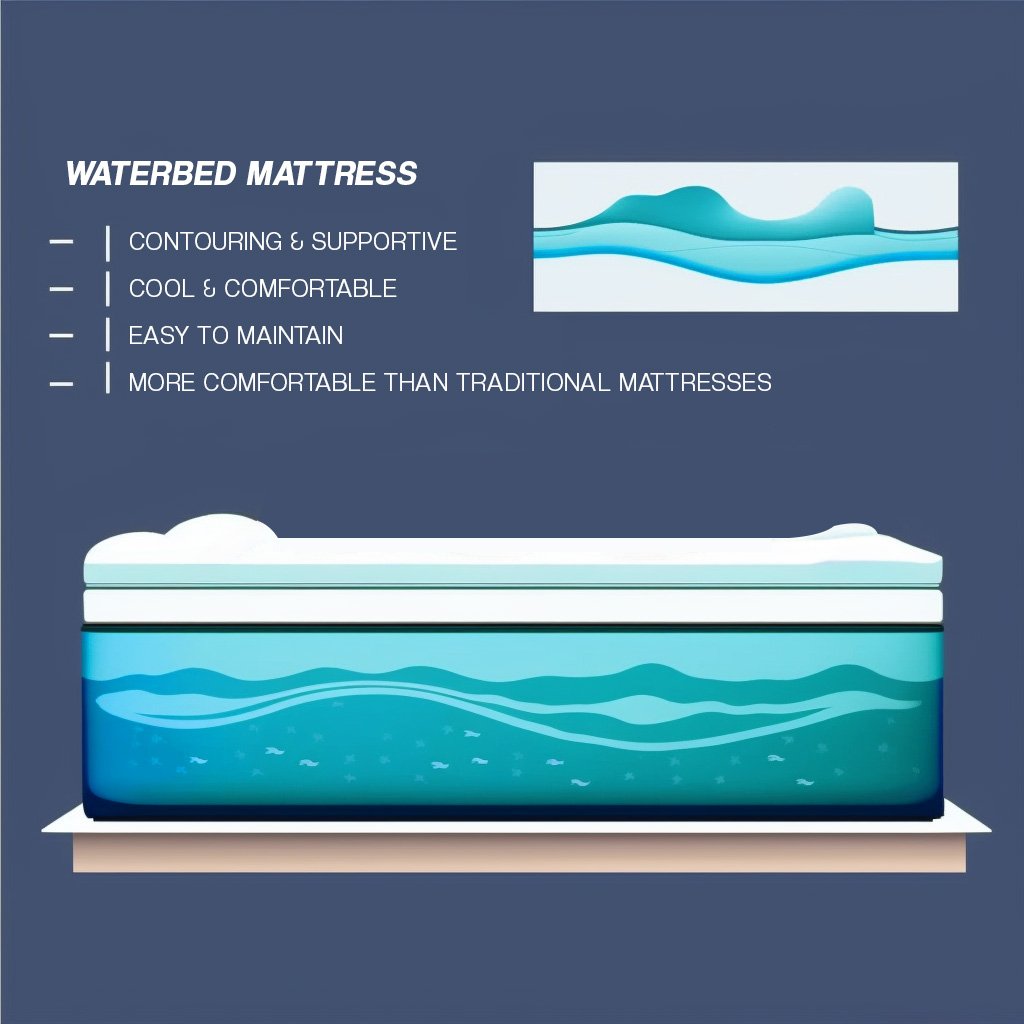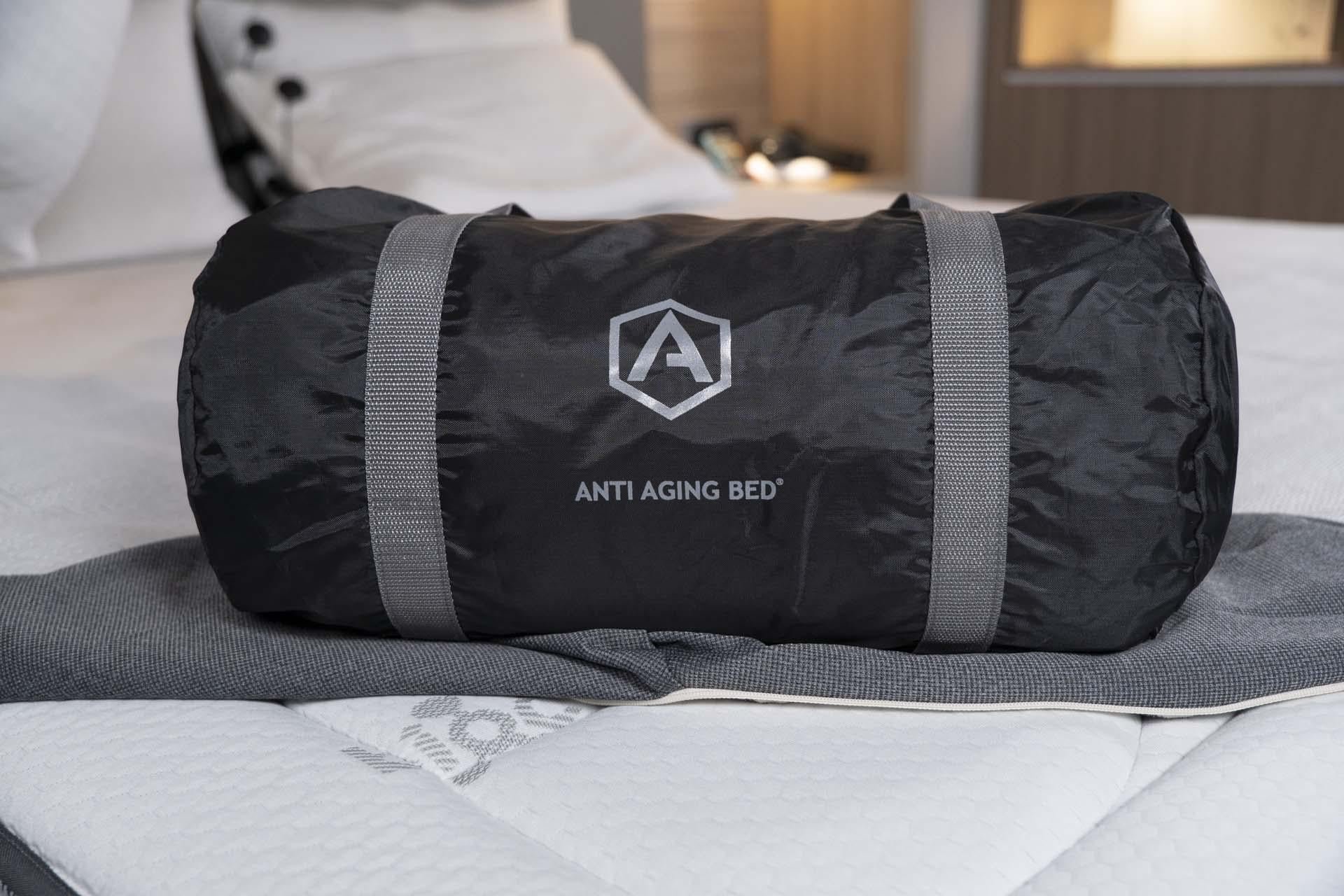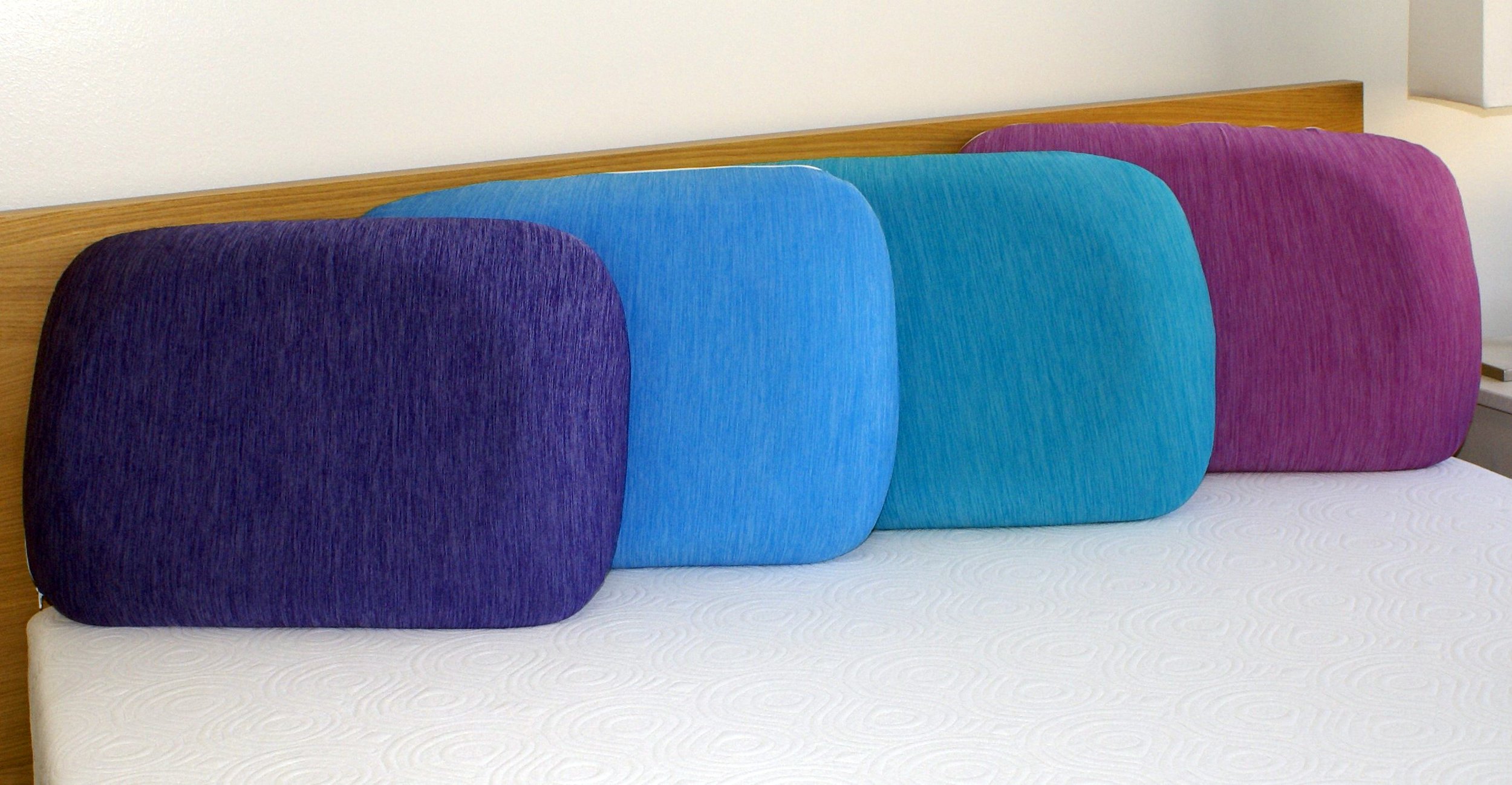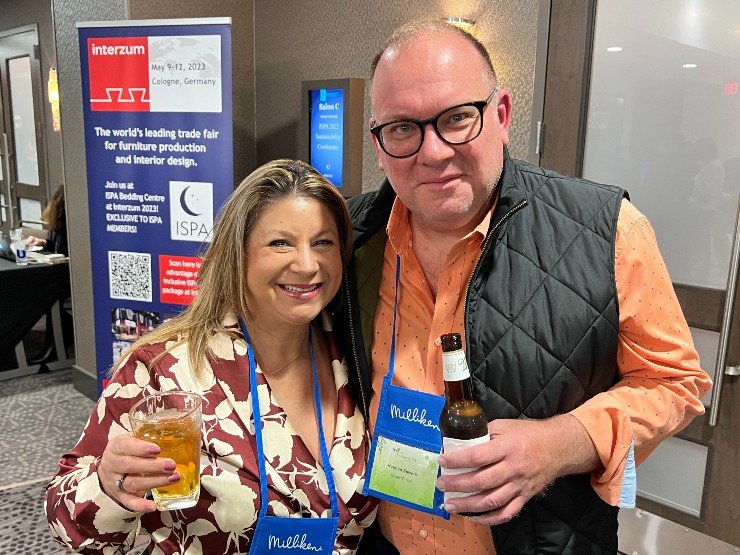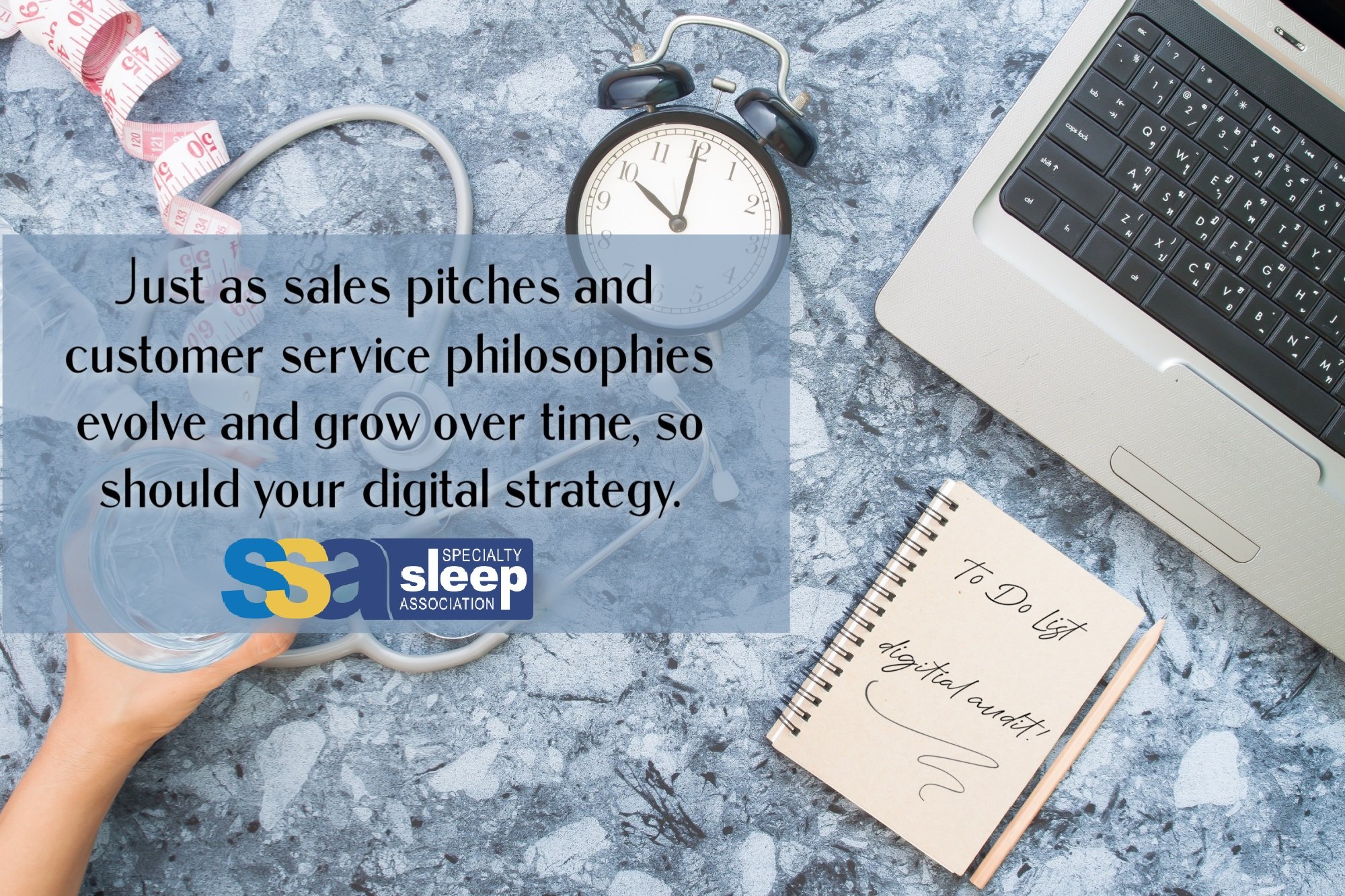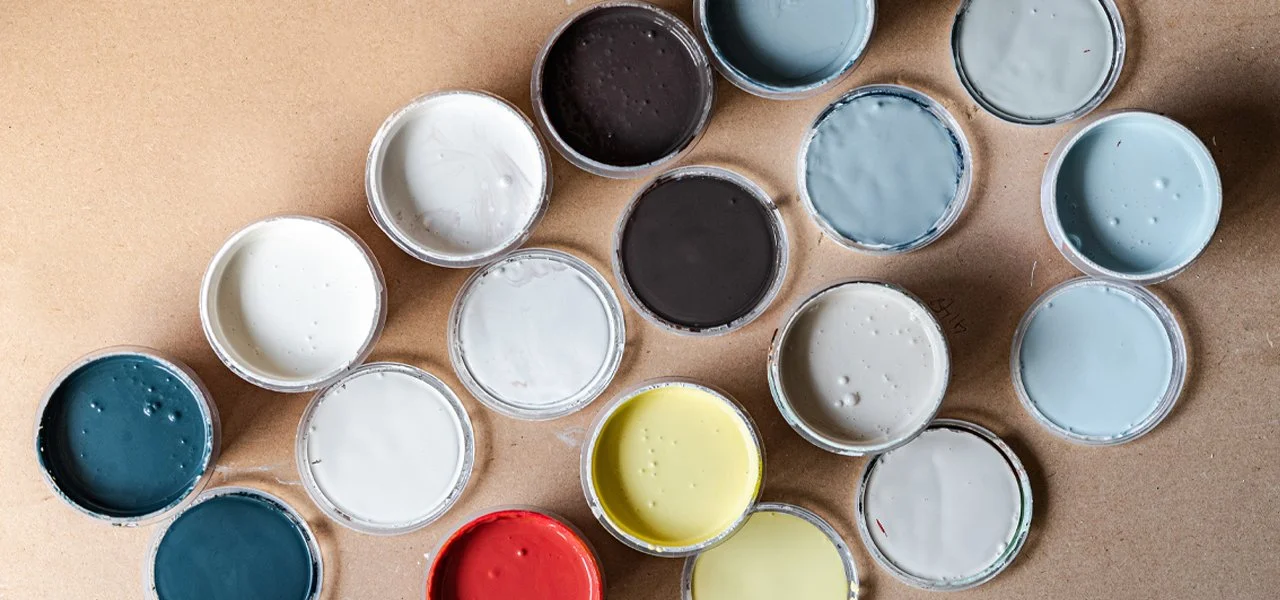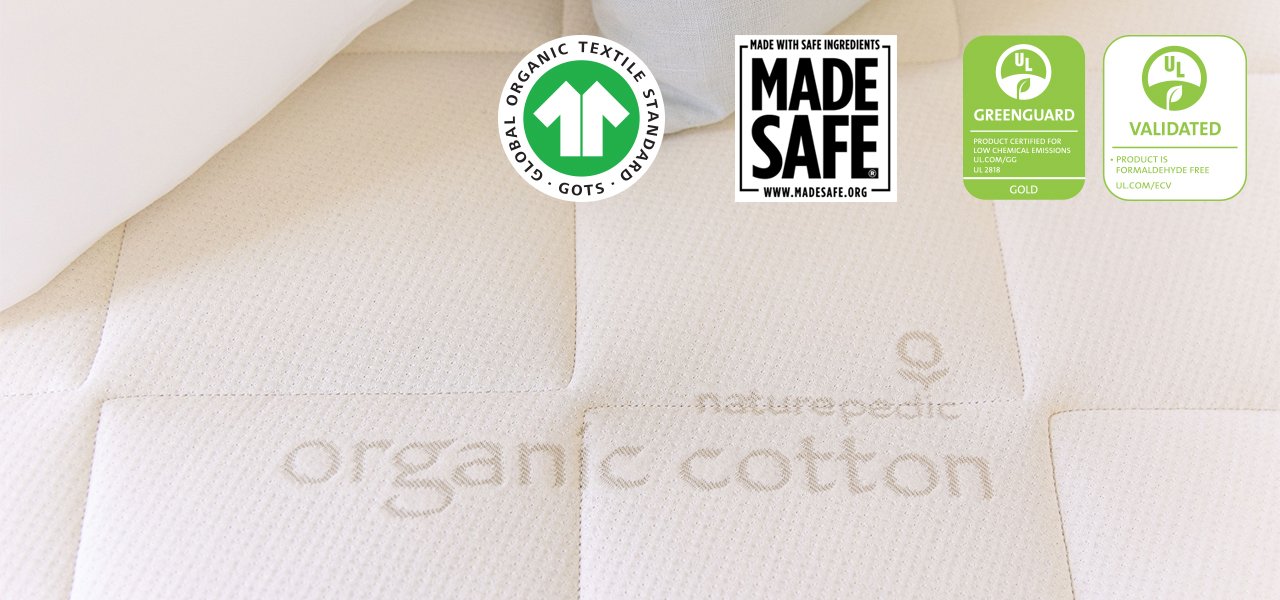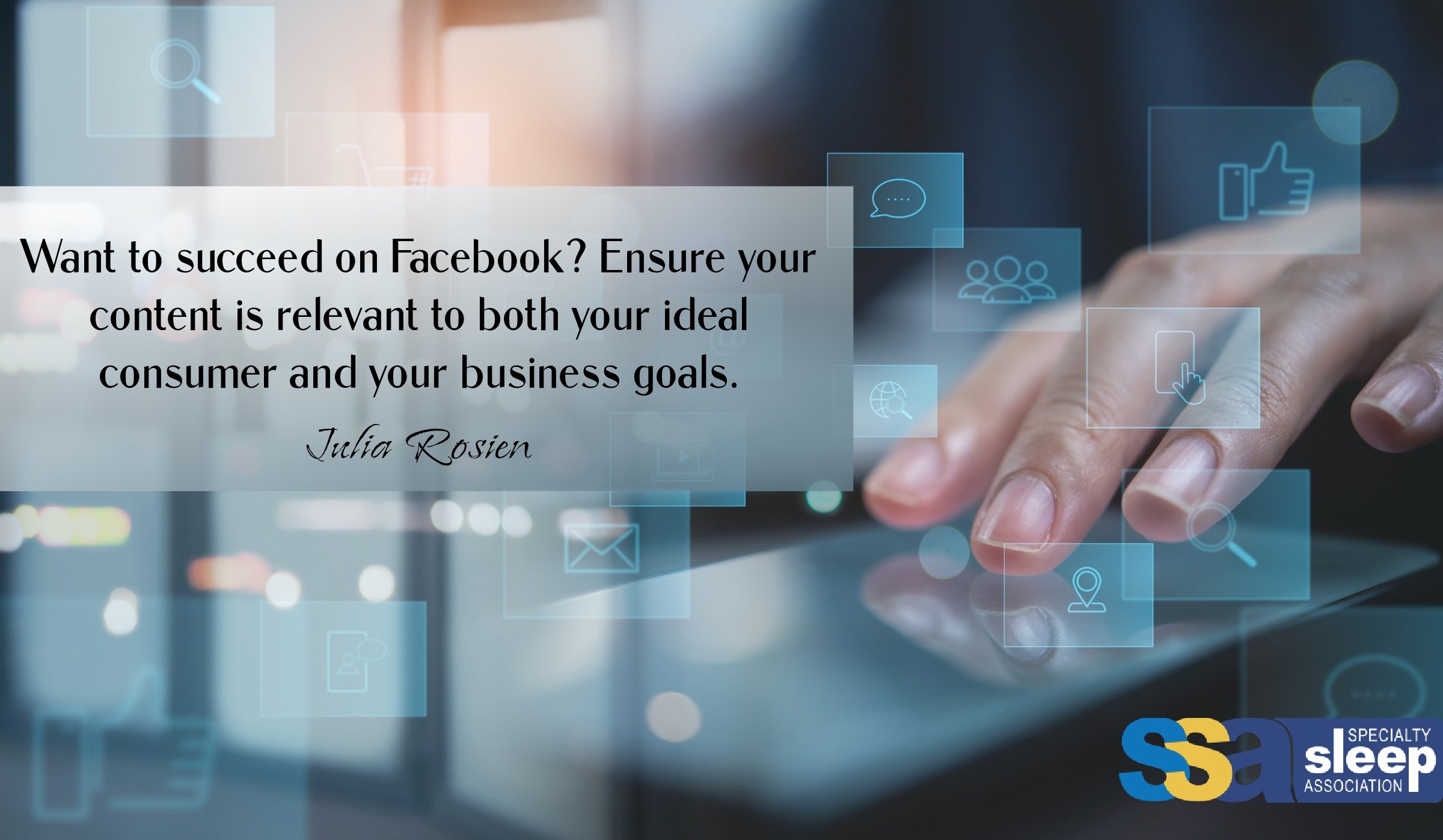By Tambra Jones, Specialty Sleep Association
Dearly Bed-loveds, we gathered together last week in St. Petersburg, FL to celebrate and support our sleep industry peers and mentors. It was the 2023 ISPA Industry Conference, the one without the expo portion, were networking is what brings us to the event. WithIt (Womens Leadership Development Network) sponsored a round-table discussion on Wednesday afternoon, followed by a the ISPA Women’s Reception. As a woman in a predominantly male industry, I throughly enjoy this portion of the conference. It’s a great way to catch up and support one another.
Kate Caddy (ISPA), Beth English (Bed Times), Amanda Wall (MRC), Robert Smith (Wanhua Chemical), Laura Brewick (Serta)
Lisa Scott (CPSC), Laurie Tokarz (Restonic), Rose Flemming (DreamFit), Angela Voigt (GP Hummingbird), Amy Van Dorp (WithIt), Kelley Baird (GO Hummingbird
Sheila Long (Furniture Today), Tambra Jones (SSA), Waynette Goodson (Sleep Saavy)
The official conference kick-off followed with a reception amidst the sponsor exhibit tables. SSA members SABA North America and NCFI were among the sponsors with displays and takeaways for attendees.
Thursday was devoted to a speaker program, kicked off by Col. Nicole Malachowski, the first woman USAF Thunderbird pilot. The colonel showed us some breathtaking flight video as she covered her topic “Mach 2 Mindset: Decision-Making in a High-Speed Environment”. I learned that when things are moving fast, and you may need to make a change - “don’t do dumb, dangerous stuff” she said. Stay disciplined and stay focused. And if you are in a position of leadership, be trustworthy long before there is a crisis. People don’t want to follow anybody they cannot trust.
Julia Rosien (Restonic), Ron and Victoria Passaglia (Restonic alum)
Moderator: David Kepron
Lisa Humphrey (Fred’s Beds), Chris Bradley (Bed-In-A-Box) and Greg Trzcinski (The Original Mattress Factory)
There was a retailer panel and three more presentations to complete the program, one of which was delivered by MIT research affiliate and lecturer Alexis Bateman on “The Path Towards Supply Chain Sustainability”. It’s safe to say that we all felt like we were in school as Ms. Bateman dove headlong into her topic using extensive (complicated?) charts and graphs to show us how the world is indeed having some success building a more circular supply chain. She explained some CO2-footprint data collection methods and encouraged transparency by manufacturing companies so that correct data may be collected, and supply chain efficiencies could be created. Ms. Bateman finished up telling us that we can study for and obtain our own Supply Chain Certificate in an online course at MIT. The idea is thrilling isn’t it?
The conference finale was the awards banquet, where some of our industry icons were recognized. Ron Passaglia (former President and CEO of Restonic) was given the ISPA Exceptional Service Award, Adam Lava (Director of Sales for A. Lava) was given the ISPA Vanguard Award and Richard Diamonstein (Managing Director at Paramount Sleep) was given the Mattress Recycling Council’s Distinguished Service Award. Kudos and congratulations to all three of these admirable gentlemen. We finished with a special tribute to Dave Perry (former Furniture Today Bedding Editor) for 40 years of covering our industry. Several in our industry participated in a video message played during his presentation, letting Dave know how much he was/is appreciated. The sentiment throughout was “we love ya Dave and we will miss you” and I couldn’t agree more.
Dave’s tribute
Dave Perry and Tambra Jones - long time friends
Ryan Trainer (ISPA) and Richard Diamondstein (Paramount)
Jim Gutierrez (SABA North America & SSA Board) and Tambra Jones (SSA)
Gerry Borreggine (Therapedic) and Ron Passaglia (Restonic)
In the spirit of goofiness that sometimes oozes out at business gatherings, my sweater became sort of a star at the Women’s Reception. What began with ISPA Conference first timer Stephanie Haltiwanger (Milliken & Co.) switching jackets with me became many people posing during the official reception. Who knew that a garment could become a networking tool….?
Tambra Jones (SSA) and Stephanie Haltiwanger (Milliken)
The switch that started the sweater passing…
Kerri Bellias (ISPA)
Beth English (Bed Times)
Mary Helen Rogers (ISPA)
Julia Rosien (Restonic)
Andy Schaaf (SABA North America)
Jim Gutierrez (SABA North America
Tim McCree (Wm T Burnett)
Barrie Brown (Sleep Luxury Beds)







































